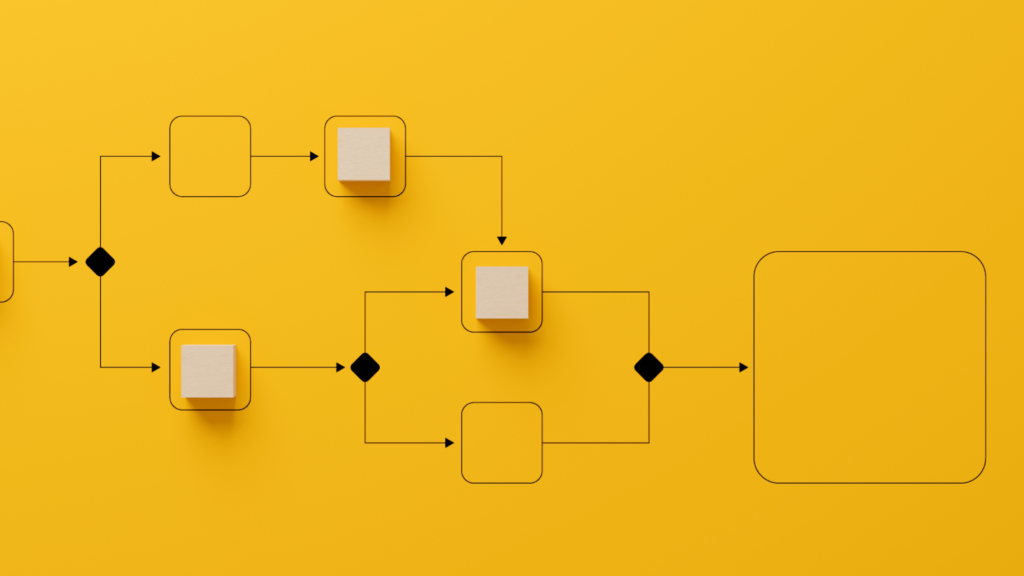When it comes to hiring a website designer, it’s crucial to do thorough research and consider some key factors before making a decision. Many small businesses make the mistake of not conducting enough background research on web design companies before partnering with them, leading to disappointing results. In this article, we’ll explore three essential things you need to know before hiring a website designer to ensure you find the best fit for your business.
The web designer's style
One of the first things you should evaluate when considering a website designer is their own website. It gives you valuable insight into their personal style and design approach. Pay attention to details such as their website’s layout, color scheme, fonts, and overall user experience. Ask yourself if their style aligns with the vision you have for your own website.
If their website doesn’t resonate with you or doesn’t match your brand’s personality, it might be an indication that they won’t be able to accurately convey your unique business identity online. Look for a designer whose style aligns with your aesthetic preferences and can effectively translate your brand into a compelling online presence.
The web designer's portfolio
To gauge a web designer’s capabilities and skills, you should review their portfolio. A portfolio showcases their past work and provides you with an understanding of their design expertise and ability to adapt to various styles and projects. Whether you’re dealing with an individual designer or a team, carefully examine their portfolio. Look for websites they have created for businesses similar to yours and assess if they meet your standards.
Pay attention to their design aesthetics, user experience, and functionality. A diverse and well-executed portfolio indicates a designer’s versatility and their capacity to tailor their work to suit each client’s specific needs. Don’t hesitate to ask for references or client testimonials to gain further insights into their professional competence and client satisfaction.
The web designer's expertise
When evaluating potential website designers, consider their level of experience, both formal and informal. Some designers may not have formal training but have acquired valuable skills and knowledge through practical experience. While self-taught designers can bring creativity and passion to their work, if you require specific technical skills, it may be beneficial to hire someone with professional training.
For instance, at Lemontrii, we specialize in creating drag-and-drop websites that are user-friendly for our clients even after the project is complete. However, if you’re looking for a custom-built website that requires ongoing professional management, our services may not be the best fit. Understanding a designer’s limitations and strengths is crucial to finding the right match for your specific project.
In summary
Hiring a website designer is an important decision that can significantly impact your business’s online presence. It’s crucial to invest time and effort in researching and selecting the right professional for the job. Simply having experience in web design doesn’t guarantee that a designer can accurately capture your brand’s essence.
Take the time to communicate your company’s values, target audience, and desired user experience to potential designers. Ensure they understand the project’s nuances and can effectively translate them into an engaging website. By following these guidelines and conducting thorough research, you’ll increase your chances of finding a skilled website designer who can bring your vision to life and help your business thrive online.
You may also like...












